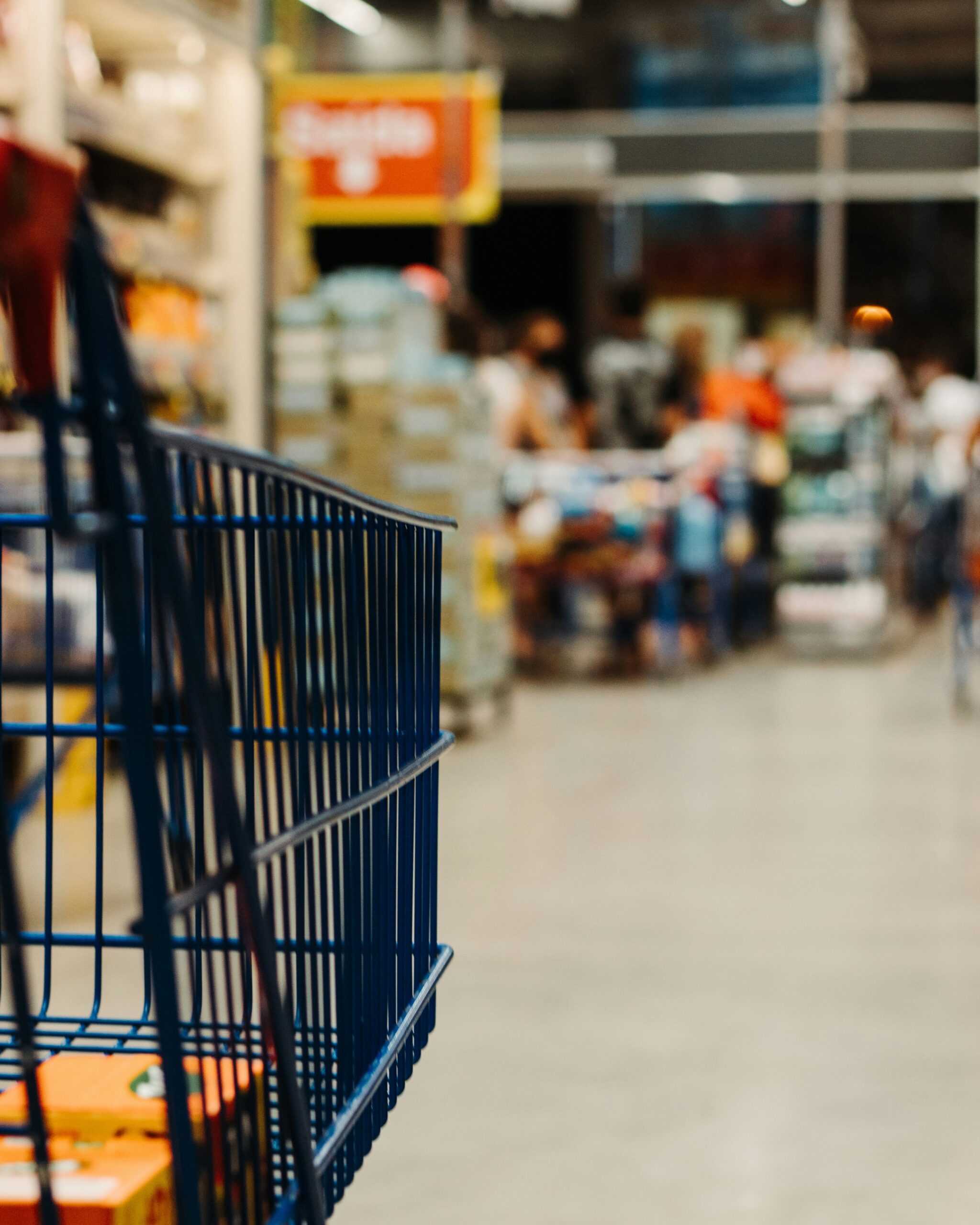Insights
Make the complex simple
An interview with Nils Thott
4 minute read
October 30, 2025
“We want Key Account Managers, category managers and sales reps to act on insight — without being data analysts”, says Nils Thott, Global Commercial Director at DLF partner Catman Solution, now part of Redslim. “We create a unified supplier perspective across chains — with harmonised data and fast time-to-insight.”
Nils Thott has a clear ambition for deliveries in a complex industry: “We aim to make decisions simpler and better. We want Key Account Managers, category managers and sales reps to act on insight — without being data analysts.”
A safer foundation for decisions
Catman Solution is a Nordic specialist in retailer-near insight across sales, inventory, price and shelf data. They turn raw data into decision-ready information through standardisation, quality assurance and intuitive tools. At the same time, Nils shares strengthening news: “With Redslim as the new owner, Catman gains more capacity to scale — without changing what already works. For customers it’s business as usual, just with greater reach and speed when needs cross borders.”
He emphasises that the core isn’t technology alone — it’s practical application. The goal is to provide a supplier perspective across chains so suppliers see the full picture and come better prepared to negotiations and in-store follow-up, with clear and relevant documentation.
“We build a broad insight foundation across customers and channels — from field sales to leadership. That’s when insight becomes operational”, says Nils. “We reinforce this by keeping platforms and interfaces easy to use yet deep enough to provide confidence — with visualisations that make it simple to see what’s happening and why.”

Core deliveries in Norway
Nils describes the Norwegian deliveries with a practical lens: “We make insight immediately usable for sales and category teams — for a rep before a store visit, a KAM before a chain meeting or a category manager reviewing assortment. Everyone should find the right answer themselves — in minutes. Especially in Norway, this drives impact in negotiations and day-to-day operations, in a format that supports dialogue, prioritisation and documentation throughout the year.”
He is candid that Norway is mature on data sharing — to the benefit of both sides. “Suppliers bring cross-chain insight to the table, and chains get better category decision support.”
Asked whether this poses challenges, Nils stresses that Catman Solution is data-agnostic: “We don’t sell data. We build on data customers already access — from retailers, Tradesolution, Consumer Panel Service providers and others. That makes us a complement, not a competitor. The result is faster time-to-insight and fewer blind spots. In practice: fewer ad hoc spreadsheets, a shorter path to action and less dependence on single individuals.”
FMCG first — with Nordic strength
Catman’s customers are primarily operationally oriented FMCG suppliers and grocery players who need retailer-near insight. “We focus where we can deliver the most impact — and where the data foundation genuinely strengthens decisions at store level”, he says.
The Nordic profile is a clear strength for Norwegian users — built on experience, templates and proven models from a customer community. “We never start from scratch. Over time, we’ve built a quality library of reports and ways of working. When the market changes, we solve it once — and roll out the improvement to everyone, he explains.”
He also points to the team setup: customer and domain experts who have sat on all sides of the table — including the supplier side. “That means we speak the same language — and know the needs and pain points. Our core promise is that people spend less time on data — and more time on action.”
Specialisation and strategic discussions
Nils is clear on what differentiates Catman: specialisation, Nordic context and time-to-insight. “We have deep specialisation in retailer direct data and standardisation across chains — that creates a robust foundation. Nordic experience drives better accuracy. And solid models and templates cut the time to first impact.”
On strategic discussions in the industry, he says: “These move in waves. Some years it’s price and elasticity; other years distribution/rotation and promotions. Right now, we see strong focus on revenue growth management, while more players shift attention from sell-in to sell-out. Catman’s job is to follow the need — and have the models ready.”
He then highlights operational effects everyone recognises: zero sales that flag empty shelves vs. demand, fair shelf share, real promotion ROI and white spots in the assortment. “Often, it’s the small continuous improvements that create the big year-end numbers. In the background sits the ability to link insight to ESG, waste and food loss — because retailer-near data brings precision to actions.”

AI already matters
“AI is both a tool and an ambition — but not a shortcut”, Nils underlines. “Everything we build is AI-ready. We use AI to streamline processes and generate explained insights, especially in our NielsenIQ solution. Next comes recommendations: forecasting, automated shelf proposals, price elasticity analysis and anomaly/waste detection.”
“In parallel, we must explain why and how we use AI — trust is critical. That’s why we place AI on top of harmonised data streams, not beside them. Here, Redslim is also a key reinforcement, with capacity and technology to scale ambitions.”
DLF and partnership
For Catman, partnering with DLF is about lifting industry competence together. “We are independent – and can contribute in networks without selling data. When suppliers share practices, everyone gets better, he says. “The Nordic model — tough competition with strong knowledge sharing — is a competitive advantage in itself: faster learning, fewer mistakes and better category work across the board”, says Nils, before stressing that Catman has strong experience with Denmark’s sister organisation MLDK and its own forums — and that they aim to contribute in the same way within DLF.
This article is adapted from an interview with Nils Thott by DLF Norway. Read the original article here